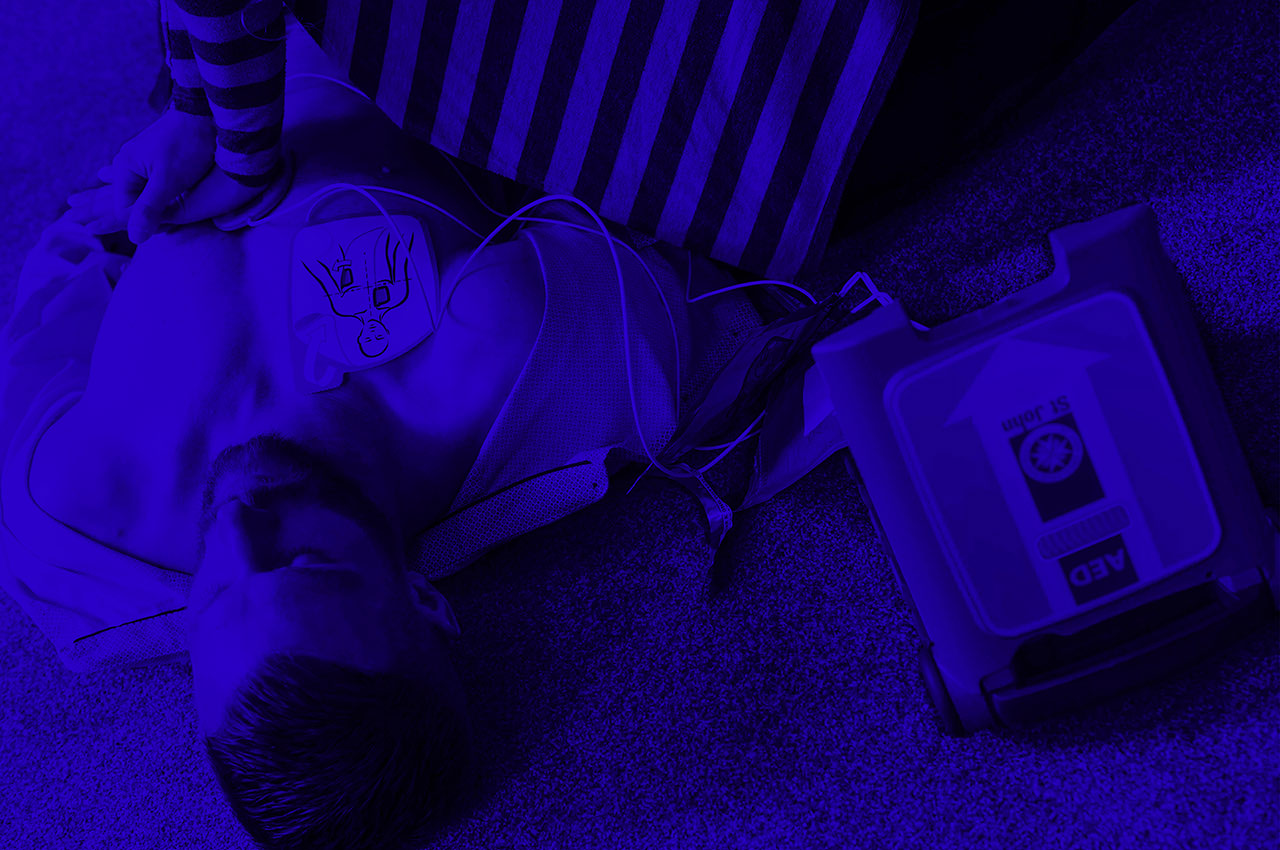Cardiopulmonary resuscitation (CPR) is a lifesaving technique that is used to restart a person’s heart and breathing in the event of cardiac arrest. CPR can be performed by anyone, regardless of medical training, and can greatly increase the chances of survival for the person in distress. In this article, we will discuss the steps involved in performing CPR, as well as important considerations and tips for providing effective CPR.
Steps for performing CPR:
Check for responsiveness: Before starting CPR, it is important to make sure that the person is unresponsive. Tap the person gently on the shoulder and shout “Are you okay?” to determine if they are responsive.
Call for emergency medical assistance: If the person is unresponsive, immediately call emergency medical services (911 in the United States).
Start chest compressions: Place the heel of one hand on the center of the person’s chest, and place the other hand on top. Press down firmly and rapidly, compressing the chest about 2-2.4 inches. Repeat this process at a rate of about 100-120 compressions per minute.
Give rescue breaths: After 30 compressions, tilt the person’s head back slightly and lift the chin to open the airway. Pinch the person’s nose shut and give two breaths, making sure to give enough air to make the chest rise.
Repeat: Continue giving 30 compressions followed by two breaths until emergency medical services arrive or the person starts to show signs of life.
Important considerations:
Chest compressions should be performed with sufficient force to compress the chest by at least 2 inches.
CPR should be performed at a rate of 100-120 compressions per minute.
It is important to provide adequate ventilation with each rescue breath, ensuring that the chest rises. Avoid interrupting chest compressions for long periods, as this can decrease the effectiveness of CPR.
Be aware of any medical conditions or medications that may affect the person’s response to CPR.
Conclusion:
Performing CPR in the event of cardiac arrest can greatly increase the chances of survival for the person in distress. By following the steps outlined in this article, anyone can provide effective CPR, regardless of medical training. It is important to remember that CPR should be performed immediately in the event of cardiac arrest, and that emergency medical services should be called as soon as possible.
